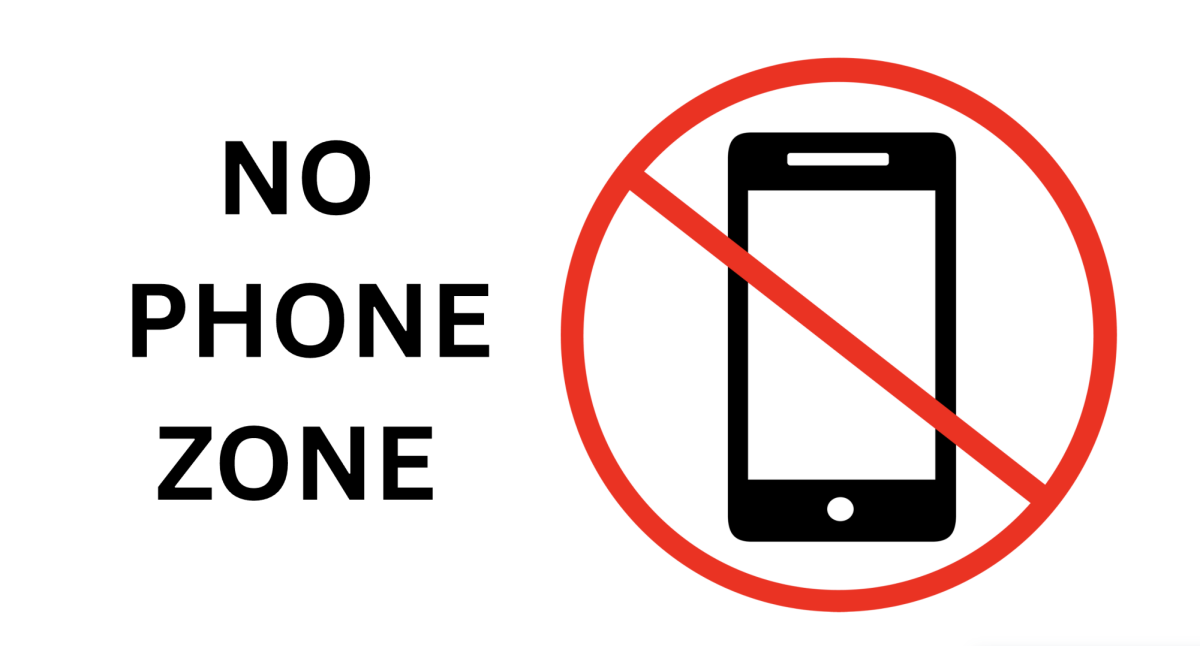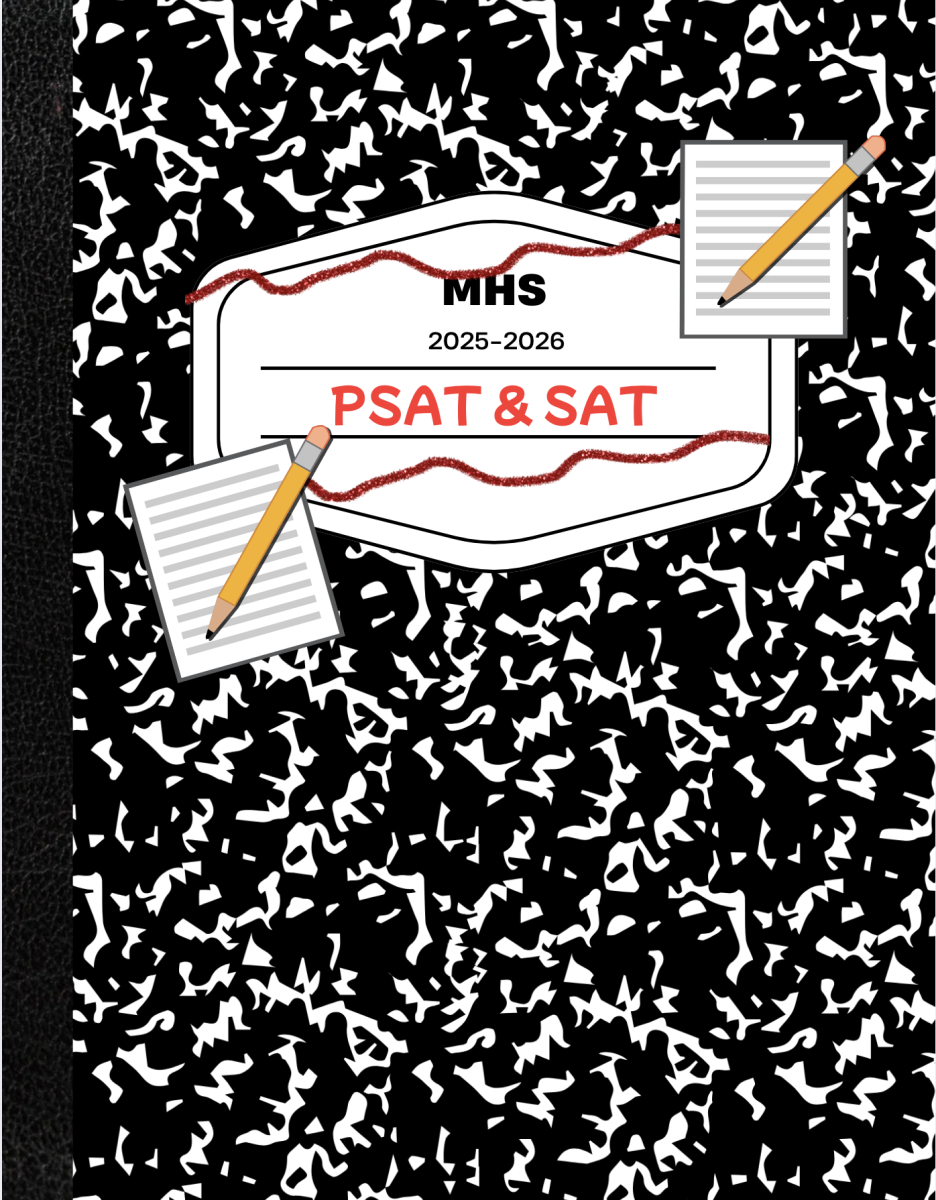The new cell phone ban is changing how students and teachers experience the classroom, and not everyone agrees on whether the policy is helping.
Sophomore Anshu Amalkanti said the rule takes away important opportunities for communication.
“Some students require more communication with people,” Amalkanti said. “Phones are important for student interaction.”
Like Anshu, sophomore Umaiza Mahmud expressed concerns about the ban. Mahmud said her first reaction was disbelief.
“I didn’t want to believe it, but I just felt kind of unsafe,” Mahmud said.
Both students said they worry about safety under the new policy.
“If there’s something that happens, if there’s a situation, I wouldn’t be able to contact who I need to,” Amalkanti said.
The students also mentioned that the policy impacts their ability to focus on schoolwork. Mahmud said some students have ADHD or other focus problems that make music especially important.
“When I did have my phone last year, I could listen to focus music because I need music to focus personally, so that did negatively impact how I focus when I do my schoolwork,” Mahmud said.
Not all perspectives on the policy are negative. Advanced English II teacher Stephanie Janes said she has seen positive changes in the classroom since the law took effect.
“Since kids do not have access to their phones, they are much less distracted during class,” Janes said.
Janes explained that at her previous school, phone use was a major distraction.
“Students had constant access to their phones,” Janes said. “They were pretty distracted, and it was harder to get their work done during class.”
Janes also noted that she has not had any discipline problems this year and has seen students participate more often.
“Students do seem more engaged and they are talking to each other a lot more, which is great,” Janes said.
She added that she believes the policy is working beyond only being a short-term fix.
Meanwhile, students remain unmoved on the issue. Amalkanti rated the negative impact of the phone ban as a seven out of 10.
“It doesn’t allow for proper communication,” Amalkanti said.
Mahmud gave the policy a six out of 10.
“It does keep students connected in some way,” Mahmud said. “And, it does engage students to interact with other students.”







